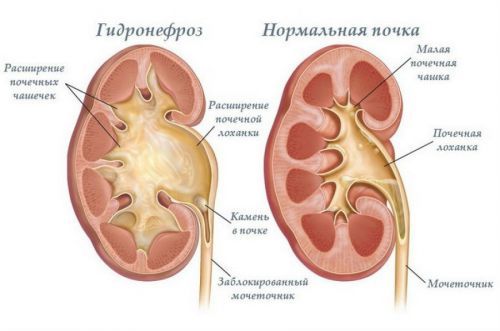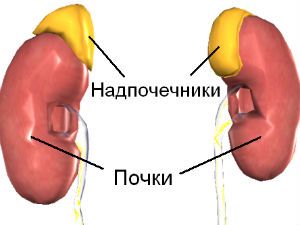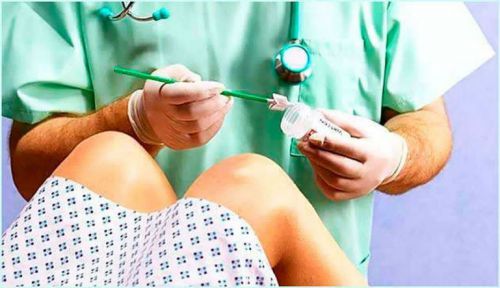Any diagnosis starts with the examination of the patient and the objective methods of examination such as palpation, percussion and auscultation.
They are indispensable for definitive diagnosis, as well as carefully collected complaints of illness.
If the patient has the suspected disease of the urinary system, in the first place, he is a palpation of the kidneys and bladder, and only then, the doctor will prescribe laboratory and instrumental methods of research.
Anatomy of the kidneys
Before you start sighting survey on, it must accurately represent its topical location in the human body, only then can you judge of any violations (for example, the omission of one or two sides).
Kidneys are a vital organ, it is paired with education, the main objectives of which include the process of formation and excretion of urine. Thanks to them, the body is “freed” from unnecessary and harmful products of metabolism, toxins.
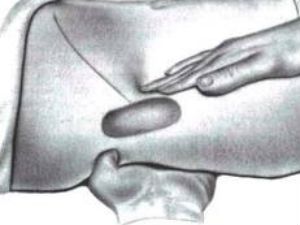
Anatomically they are located on a back surface of the abdominal cavity, one on each side of the spine (right and left). The body occupies the space from the twelfth thoracic to the second lumbar vertebra, but the right kidney is usually located below the left, because of the close proximity of the liver to which it is adjacent the upper pole.
The upper pole reaches the level of the eleventh rib, and its lower edge does not reach Ilium approximately 4-5 cm.
Normal renal surface is smooth and flat all over, due to the presence of a dense capsule (fibrous membrane). There is a strong ligaments, by which is fixed on the anatomic bed.
On the right kidney presses the liver, so it is lower by 1-1. 5 cm than the right
Technique of palpation of kidneys
Palpation research in medicine is of two types:
- surface (thanks to him, the doctor determines the point of greatest pain sensitivity, and produces an estimate of the overall condition of the patient);
- deep (allows the technician to directly investigate the necessary authority to determine its main characteristics, localization, size, etc.).
Superficial palpation should always be preceded by deep surveys, since some of the condition of a sharp and intense pressure on the kidney can cause severe pain and worsen the patient’s condition. Its implementation is uniform and soft palpation of the anterior abdominal wall, without a deep dive.
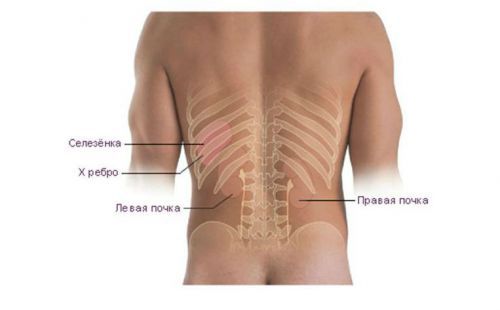
Evaluated on the following criteria:
- temperature reaction, the humidity of the skin, the points of pain;
- the presence of infiltrates or seals on the surface of the abdomen (under the skin);
- the severity of the protective muscle tension
Superficial palpation is performed with the whole palm surface (clockwise or counterclockwise), all movements should be smooth and careful
The highest value for the diagnosis has a deep palpation of the kidneys, which can be done in two positions of the patient: horizontal and vertical.
Deep palpation of kidneys in the supine position
After the patient takes a horizontal position on the couch or other hard surface, he is asked to relax and not to strain the muscles of the anterior abdominal wall.
Below are the algorithm palpation of the study:
- the doctor occupies a position to the right of the patient, and then the left hand is brought under the right lumbar region of the examinee;
- the right hand of the specialist begins to slowly sink into the abdominal cavity of the corresponding hand (the fingers should be slightly bent at the phalanges);
- on each exhalation of the patient, the doctor produces a deeper dive, trying to reach the back wall of the abdominal cavity (the movement is towards the left hand, which lies under the loin);
- if the patient does not have increase in the kidneys, it is possible for almost full contact of both hands, especially if we are talking about patients with low body weight and severe lack of fat layer on the anterior surface of the abdomen;
- layer on the front surface of the abdomen;
- when there is increase in the size of kidneys, the lower edge of or the entire organ can be easily identified with the fingertips (at this stage it is very important to perform very careful palpation, not to provoke an attack of severe pain);
- thanks pallavolo examination the doctor can determine the approximate size of the enlarged kidneys, its form, consistence, mobility, and the presence or absence of pain;
- after palpation of the right is finished, summed up under the lumbar region to promote hand further, until it reaches the left part of the back (the projection of the left kidney), the technique further study similar to the previous one.
Deep palpation of the kidneys in the standing position
It is advisable to conduct examination of the patient not only lying, but standing. For this the patient is asked to stand up, to straighten up and get both hands behind the head. The doctor sits in front of the patient on the chair and conducts palpation of the study, which is described above.
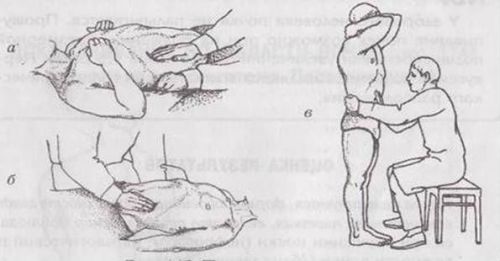
There are many instructional videos that demonstrate and explain all stages of palpation (they can easily be found in any search engine of the Internet).
If a doctor has no way to examine the kidneys of the patient in the horizontal position, it must proceed to palpation of the kidneys in the standing position
The condition under which it is possible to palpate the kidney
To determine kidney palpation is possible in the following situations:
- asthenic body type of the person, or severe emaciation (no body fat), resulting in the lower edge of the body can be easily determined by the method of deep palpation;
- the omission of the kidneys of varying severity (single or bilateral nephroptosis), in which the kidneys partly or completely displaced from their anatomical bed, until the descent in the pelvic cavity;
- a significant increase in the size of the body is possible with some diseases.
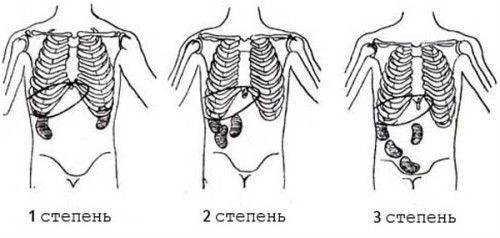
Such conditions include:
- cystic kidney disease (occurs the replacement of normal tissue by multiple cysts of different sizes);
- hydronephrosis (long-term stagnation lead to a sharp expansion of the Cup-pelvis-plating apparatus, there is a progressive atrophy of healthy tissues);
- space-occupying lesions in the kidneys (eg, abscess) or cancer processes of benign or malignant origin.
Due to well-produced palpation, the physician is able to determine the omission of the kidney is still in the early stages of the disease (nephroptosis of 1 degree)
As mentioned above, in the normal state of kidney healthy person is not palpated, but there are individual characteristics of the human body, its Constitution and other factors, which determine the physiological status of the body.
If you experience any unpleasant or painful sensations on the part of organs of the urinary system, you need to seek help from a doctor, and not to engage in self-diagnosis. Only a qualified technician is able to carry out palpation and other methods of physical examination.

